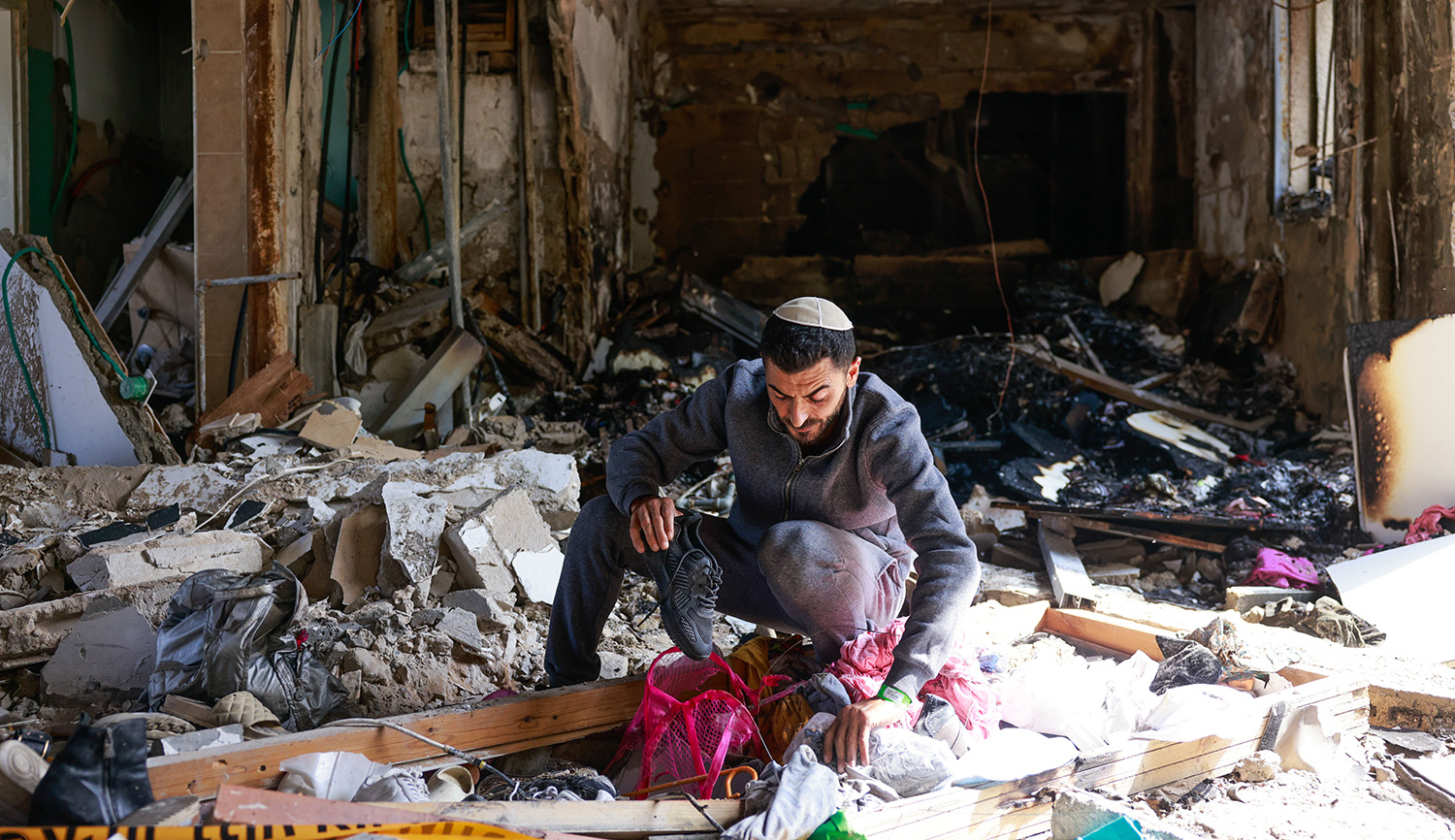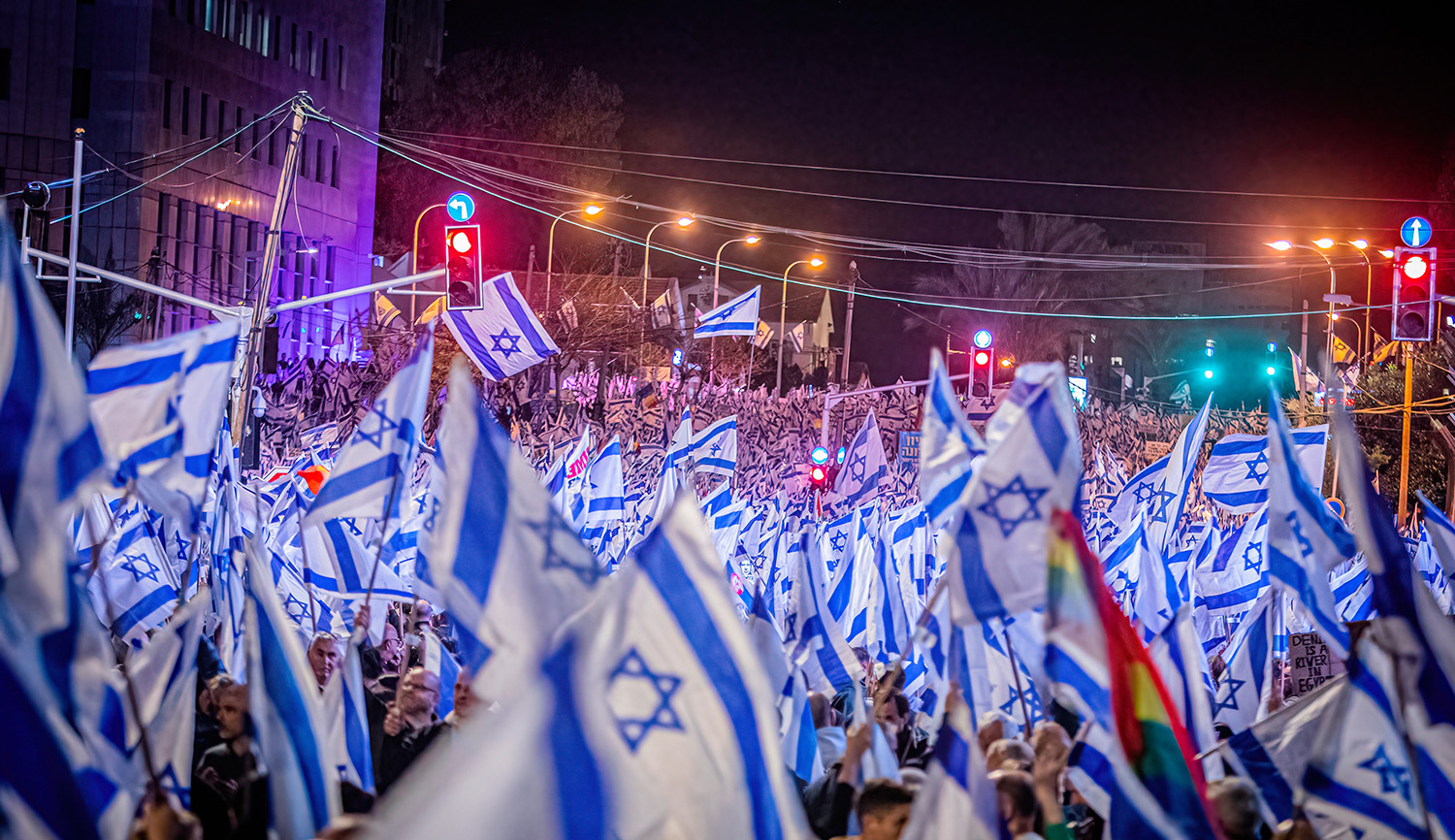Since 2012, relations between Hamas and its erstwhile patron Iran have been chilly, mainly because of the latter’s support for Bashar al-Assad. The Islamic Republic briefly tried to cultivate Palestinian Islamic Jihad as its main Gazan client, but found it insufficiently pliable. Now, writes Ehud Yaari, Iran is investing in an Islamic Jihad splinter group:
Over the past year and a half, the Quds Force of Iran’s Revolutionary Guards Corps, assisted by . . . Hizballah, has financed and provided media exposure to the al-Sabirin (“the Patient Ones”) movement in the Gaza Strip. This new militant group seeks to emulate Hizballah and Iraqi Shiite militias such as the Badr organization, known for its blatant pro-Iranian sentiments. Iran hopes that al-Sabirin will become a reliable proxy militia in Gaza.
Al-Sabirin is headed by Hisham Salem. . . . Salem, now in his early 50s, is a little-known former mid-level commander of Islamic Jiahd. . . . Rumors among Islamist circles in Gaza claim that Salem receives an annual budget of $10 million from Iran, typically smuggled in suitcases through the tunnels along the border with Egypt. . . .
It seems that Salem’s sponsors in Tehran and Beirut are disappointed . . . with how little progress he has made. Al-Sabirin remains nearly unrecognized by most Palestinians. . . . Nevertheless, Iran most likely regards al-Sabirin as an extremely useful tool to help keep Hamas and the Islamic Jihad in line by signaling to them that it has alternatives. Thus, the survival of Salem’s project seems guaranteed for the foreseeable future. In that regard, the United States should keep an eye on this group before it becomes the powerful militia that Iran and Hizballah are seeking to create, and before al-Sabirin obtains a solid foothold in the Gaza Strip.
Read more at Washington Institute
More about: Gaza Strip, Hamas, Iran, Islamic Jihad, Israeli Security, Politics & Current Affairs


